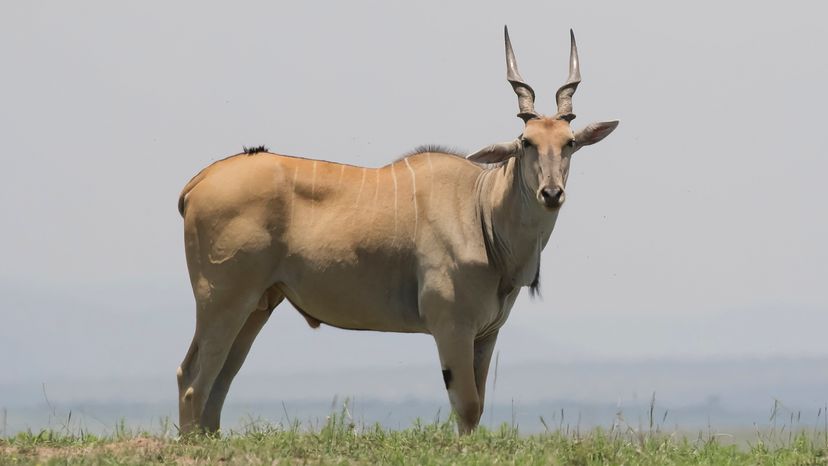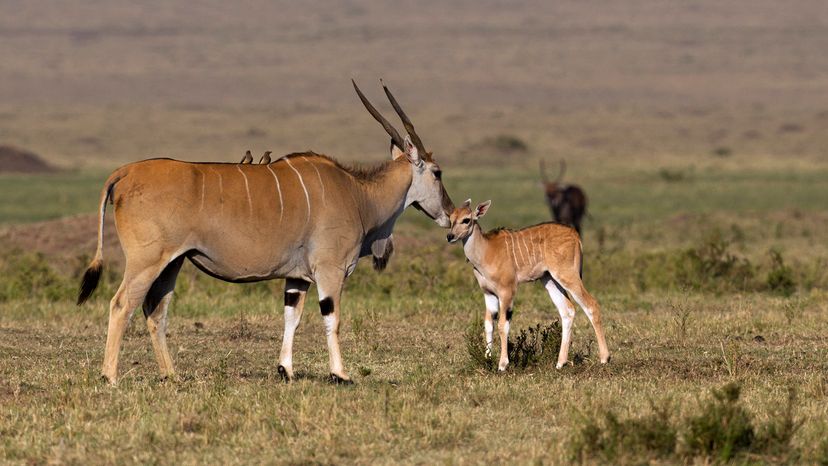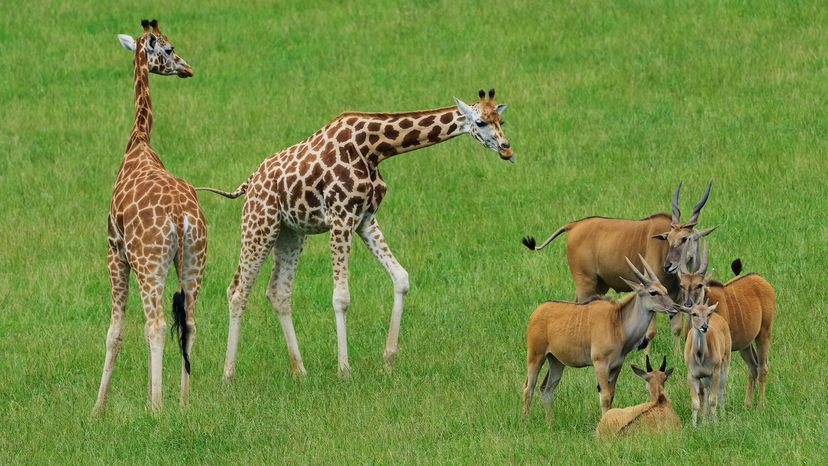
The eland is one of the largest antelopes — and one of the most graceful. Known scientifically as Taurotragus oryx, the eland lives in Africa, mostly in eastern and southern Africa.
Whether it's the massive giant eland or the more widespread common eland, these spiral-horned antelopes are a sight to behold. Thanks to efforts by organizations like the African Wildlife Foundation, elands thrive in protected areas and game reserves.
Advertisement

